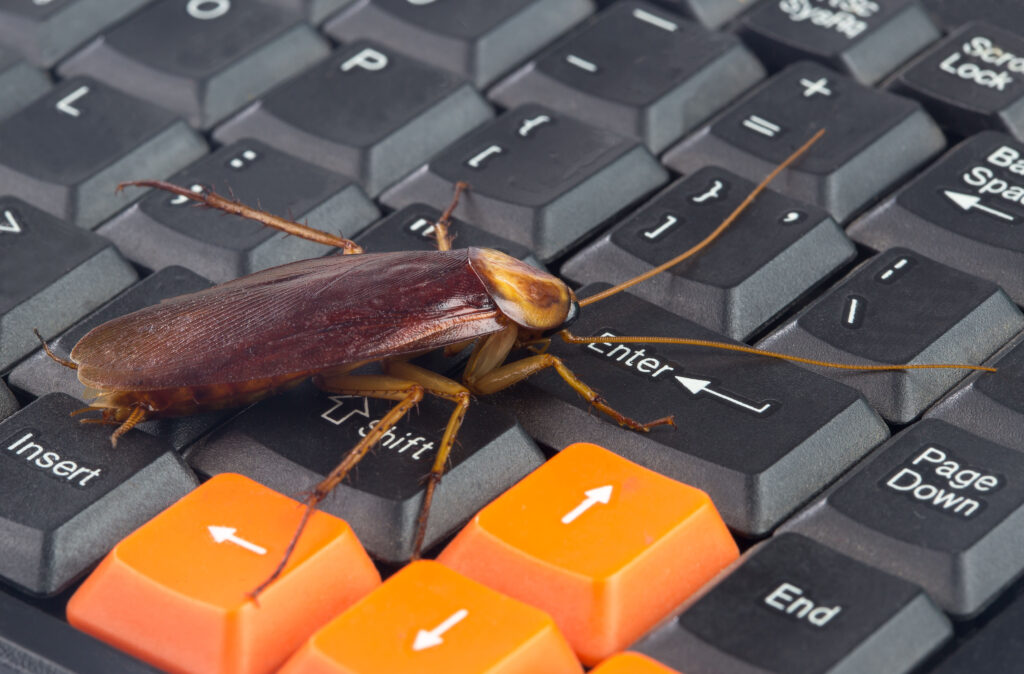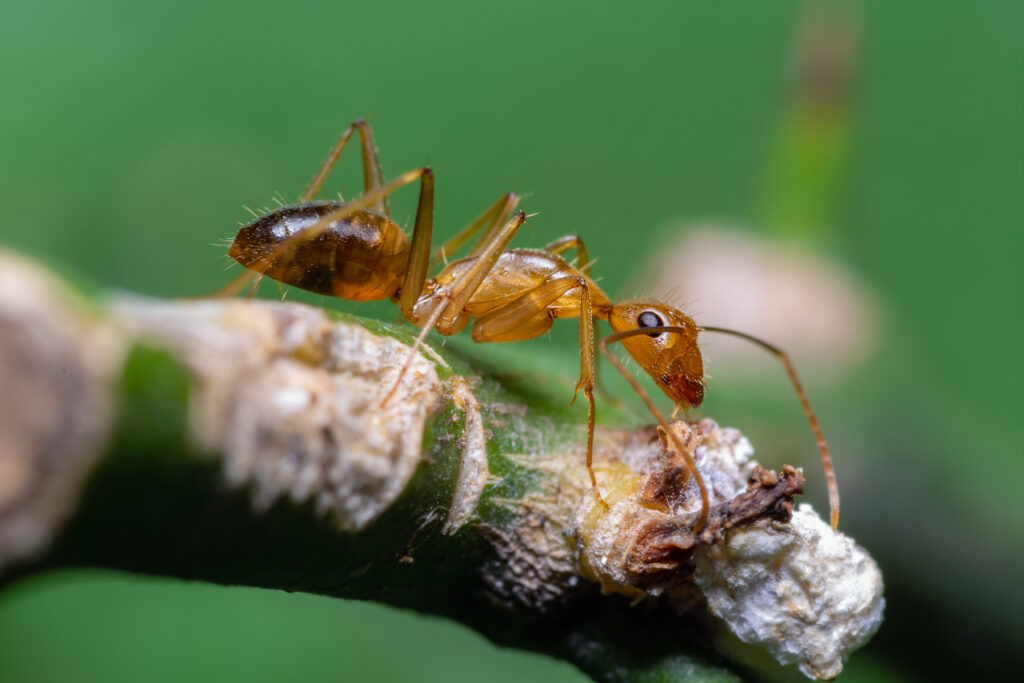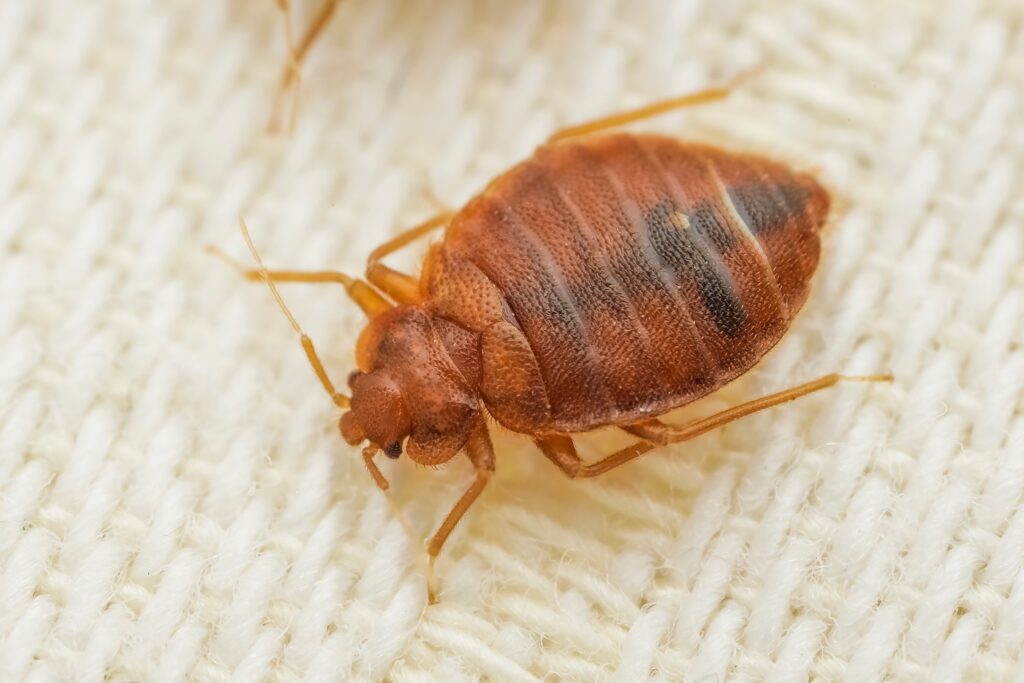Out of the countless issues that arise with electronics, you didn’t think “pest invasion” would be on the list, did you? Weirdly enough, some insects invade our electronics and stay inside as long as possible. This makes it easy for the pests to avoid being found while they gradually destroy the technology they rudely claimed as their own. Let’s discuss which electronics are at risk of being invaded before we reveal the common suspects and how to prevent these pests from ruining your valuables.
Electronics At Risk
Between full memory banks and connectivity issues, there are plenty of problems that we run into with technology. Pests can amplify these trouble spots by crawling inside the actual electronics and short circuiting the system, resulting in either expensive repairs or a completely broken system. Interestingly enough, pests typically invade electronics in winter to stay warm during the chilliest months.
The electronics that are commonly invaded by different pests are:
- TVs (especially older models)
- Computer towers
- Cable boxes
- Video game consoles
- Laptops
- Wall outlets
- Speakers
- Desktop monitors
Roaches
Common Electronics: surge protectors, internet routers, game consoles, appliances
Cockroaches already cause us a heap of problems, so why not add one more? These pests frequently invade electronics because they love the warmth, isolation, and darkness that the technology provides. A warm roach is a happy roach! Anyway, roaches also like to live inside electronics because it gives them a safe place to lay their eggs. They don’t discriminate between old and new electronics since every type provides them with an ample amount of space to scurry around.
Speaking of which, roaches often break the electronics they invade by moving around too much. They short out the electronics after a lot of egg-laying and running. German cockroaches are the usual suspects of this issue since they love the warmth of electronics, especially TVs, radios, and laptops. As the roaches pass away inside the electronics from old age or starvation, the bodies of dead roaches corrode the circuit boards and create lasting damage.
Crazy Ants
Common Electronics: air conditioners, computers, farm equipment
No, these aren’t ants with an attitude problem. There is an actual species of ant called crazy ants, and these pests constantly swarm our electronics. First introduced to the U.S. in 2002, crazy ants need to invade houses and buildings to survive. They don’t make anthills like other ants, so they use wall voids and electronics as shelters. Crazy ants actually rely on humans to move from place to place. For instance, crazy ants can invade a different home by hitching a ride inside rotten wood or electronics of some kind. Although they don’t sting and rarely bite, crazy ants still aren’t a presence you want to introduce into your home.
Crazy ants don’t just invade electronics and quietly live out their lives inside the object, as nice as that sounds. They accidentally electrocute themselves by connecting their bodies with the electric contacts, creating sparks of electricity. The angry insects then release pheromones (invisible scent chemicals) that act as an alarm for their colony, which attracts more crazy ants to the area that are ready to fight the supposed threat. The electricity becomes too much for the ants, so they often die inside the electronics and create more issues for the unsuspecting owners.
Bed Bugs
Common Electronics: speakers, alarm clocks, TVs, computer monitors, wall outlets
When we think of bed bugs, electronics aren’t the first thing that comes to mind. But bed bugs aren’t constricted to only invading beds and furniture. Since their bodies are flat and only 1/6 of an inch long, bed bugs can fit inside most electronics. It’s not their first choice, but a major bed bug infestation often results in some bugs scattering into the closest electronics. Anything that provides warmth, shelter, and safety is appealing to the lowly bed bug.
Bed bugs consume our blood as their only food source, so their only concern with invading electronics is staying close to people and pets. That’s why they usually invade the electronics on bedside tables, like alarm clocks and radios. Bed bugs also like invading vintage TVs — you remember the big box TVs that heated up the whole room — because they have more space to lay eggs in those. Bed bugs are always best treated by a professional since they’re resistant to most pesticides, so any bed bugs inside electronics also require targeted treatments.
How To Protect Your Tech
Since these pests are so good at hiding from us, it begs the question: how do you prevent or remove pests from electronics? Well, the key is to target the pests in the tight spots they love to hide within. You can’t exactly spray a pesticide on the infested electronics — we recommend not trying that — so you need to get a little creative with the tactics.
The simplest ways to prevent and remove pests from your electronics are to:
- Inspect the ports and openings on the item you think is infested. These pests love to crawl inside a computer!
- Dust your electronics regularly. This not only helps you see the screens better, it also keeps dust mites and other tiny pests away.
- Look for any signs of pests around your electronics. The typical signs are droppings, eggs, bite marks, and live or dead insects.
- Spray compressed air into the vent holes. The strong blast will remove any dust and hidden pests from the compartments.
- Vacuum out the pests hiding in larger electronics, like TVs and computer towers. Use the thin nozzle to reach into the vent holes and ports.
- Contact an electrician if you notice any serious issues with the electrical components of your house. Problems with the wall outlets and switches should be handled by a professional, especially if you notice a burning smell anywhere. These pests create a fire risk once they infiltrate the electronics!
Pointe Prioritizes Your Home
It’s completely understandable to expect results from the pest control company you hired to address your concerns, and that is exactly what you get from Pointe Pest Control. Our technicians are committed to solving each pest issue with the utmost care and efficiency. After inspecting the property for evidence of pest activity, we create a customized treatment plan to target each of those areas. You never have to worry about wasteful products or unproductive treatments when you choose Pointe. We look forward to freeing your home from the clutches of persistent pests, so contact us today to schedule your first service!
Citations
Bugs in your electrical outlet: It really can happen. (n.d.). Mister Sparky. Retrieved April 9, 2024, from https://www.mistersparky.com/expert-tips/circuits-and-wiring/bugs-in-your-electrical-outlet-it-really-can-hap/
Cockroaches in your electronics. (n.d.). Solutions Pest & Lawn. Retrieved April 9, 2024, from https://www.solutionsstores.com/cockroaches-in-your-electronics-save-your-gadgets-with-these-tips
Main, D. (2013, June 26). Beware the ‘crazy ants’: They’ll destroy your electronics. NBC News. Available at https://www.nbcnews.com/sciencemain/beware-crazy-ants-theyll-destroy-your-electronics-6c10455624 (Accessed on April 9, 2024).
Tips for what to do when you have bed bugs in your electronics. (n.d.). Terminix. Retrieved April 9, 2024, from https://www.terminix.com/blog/diy/bed-bugs-in-electronics/














